Echinoderms in Aquaria -
"
Despite
their success in nature, which is fostered in no small part by their
odd organ systems and strange body structures, relatively few
echinoderms are appropriate for aquaria. "
The Meat of the Matter -
" If anything, these animals are weirder on the
inside than they are on the outside (Hyman, 1955; Kozloff, 1990,
Ruppert
et al., 2003). "
Echinoderm Biology -
A very good overall site covering this group of animals.
Linkia laevigata
- Please note that while Linkia starfish come in a variety of colors,
they are most likely of this species, but beware, identification of any
starfish that appears to be a linkia is extremely hard for us to do. As
such, if you do find a hitch hiking "linkia", it would be wise to keep
an eye on it to determine if it is of a species that is reef safe or
not.

 Protoreastor nodosus
Protoreastor nodosus
- Commonly called the chocolate chip starfish. As with the majority of
starfish, this family group is predatory and is not to be considered
reef safe, consuming a wide variety of prey including corals and
inverts. I would only keep this species as part of a fish only
aquarium. They also come in a wide variety of colorations.

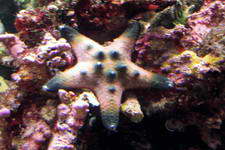 Archaster typicus
Archaster typicus
( Sand Sifting Starfish ) - Usualy purchased to help with
keeping
the top of the sandbed cleaned, which is a very bad reason to purchase
them since they do not eat surface algae and are predators of the life
found within a live sandbed. Not a good thing to have happen to the
sandbed.

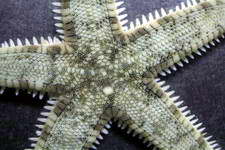

Echinaster luzonicus (
predator )
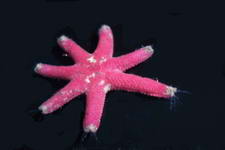
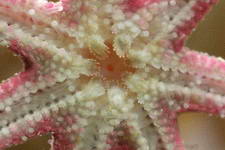
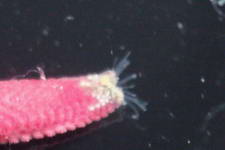 Acanthaster planci
Acanthaster planci
(crown of thorns starfish) Shown below is a 1cm
juvenile
- As juveniles, they will eat surface algae, but as they
grow,
they become very efficient predators of corals.
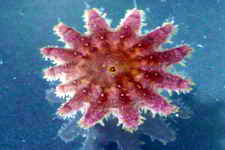
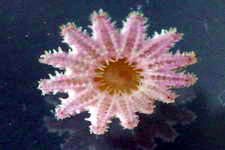
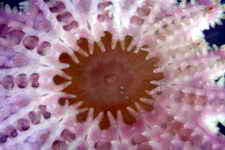 Crinoids
Crinoids
( feather stars ) and please, do not buy one, our enclosed
and
filtered systems do not provide them with the constant planktonic food
supply that they need and will slowly starve to death in a typical reef
aquarium.
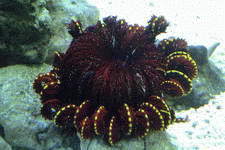
The Brittle Starfish
- I
have found that the majority of these starfish are usualy reef safe, in
that they will normaly only act as scavengers of left over food. Some
though, if large enough, can capture small fish if the fish is caught
unawares while sleeping or if sick and unable to fend for
itself.
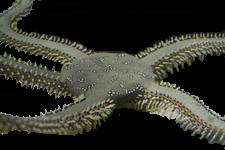

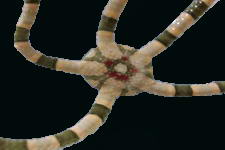
Ophiarachna incrassata
Ophioplocus imbricata
Ophiarachnella gorgonia
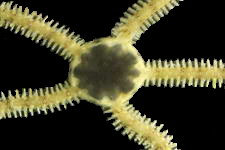
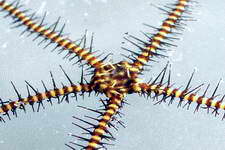
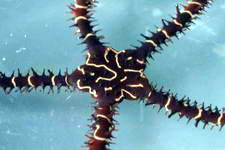
Yet
to be identified
A Juvenile Ophiomastix variabilis
Ophiomastix
variabilis
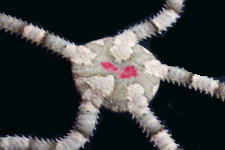
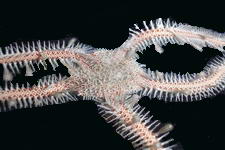
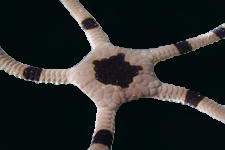
Ophiarthrum
elegans
Ophiomastix annulosa
Ophiolepis superba
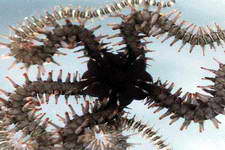
Ophiocoma erinaceus



























